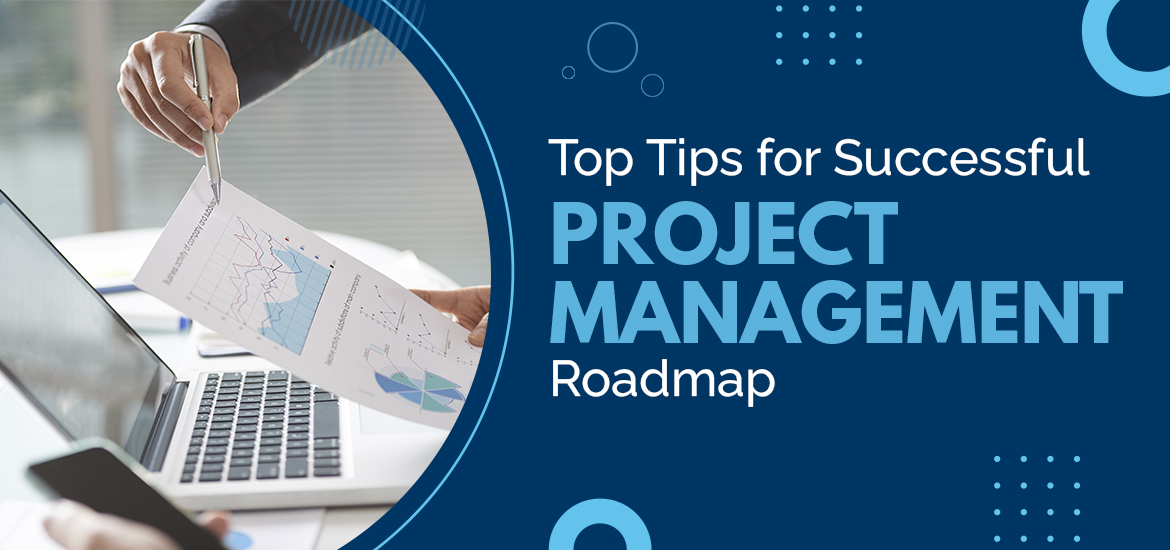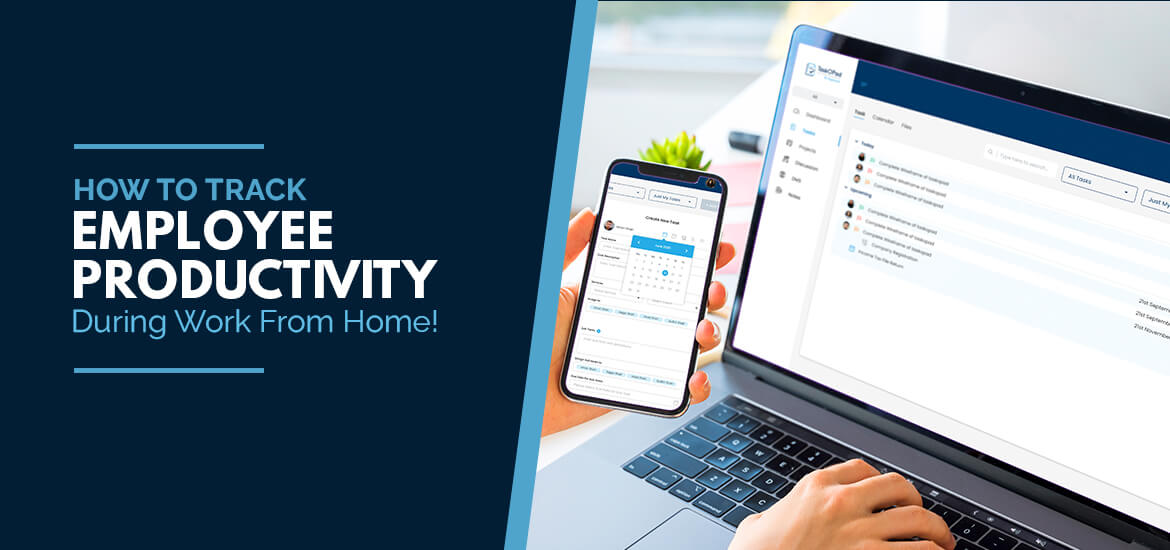
Project Management Software
6 Proven Strategies For Successful Project Management Roadmap
Jan 16th, 2025
Strategic planning is crucial for meeting deadlines and maintaining productivity in any project. Effective strategic planning requires project managers to visualize project objectives and key milestones, which is where a project roadmap strategies become essential. A project roadmap not only provides stakeholders with a clear understanding of the project’s goals but also helps managers allocate resources and define expected deliverables within a specific timeframe.
Many project management software tools offer project roadmap creation features. This blog will provide effective tips and tactics for creating a robust roadmap to enhance project management. Let’s begin by defining the meaning and importance of a project roadmap in modern industries.
What is Project Roadmap?
Project Roadmap is an easy-to-follow source of information that enables stakeholders and managers to visualize the project strategically & make critical decisions without putting much effort into understanding the minutiae. Unlike the project plan that breaks down the project into tasks and subtasks & the project roadmap gives a big picture of the entire project completion process.
Simply put, the project management roadmap acts as the project dashboard from which stakeholders & the top management can track the progress of the project while assessing all the strategic details through charts, updates, and graphs. The project roadmap considers all the data generated from an ongoing project and converts the same into structured, actionable insights.
Must-Include Things In Killer Project Roadmap
The project roadmap shows the link between various variables and their role in accomplishing the project.
Here is the list of major components that should be included in the project roadmap-
1. Key Objectives
The project’s key objectives should be included in the roadmap. In other words, the project roadmap should answer the questions like- what are the goals for the particular project & how we can achieve them rapidly, and can we achieve these objectives on time. The project roadmap includes all the targets, deliverables, resources, and tasks associated with the particular project. It helps the company management to find whether the effort is on track to achieve all the key objectives.
2. Milestones to be Achieved
Milestones for the project indicate various levels within the project. In a way, the milestone tracking offers a unique & effective way to measure the progress of your project by checking the outlined completion levels. In other words, milestones included in the project roadmap for tracking the completion levels of the project.
3. Details of Deliverables
Project deliverables are the material results that are aimed & derived from a project within the given time limit of the project. Stakeholders can readily measure project progress simply by viewing deliverables in the project roadmap.
4. Management of Resources
It involves a count of the resources allocated to a project for measuring their impact & making real-time decisions for increasing or decreasing allocated resources. Here, the project management software can provide real-time data regarding the performance of employees, and you can easily modify the allocation based on this data. It helps you gain objectives quickly.
5. Timeline and Associated Risks
The project management timeline is important to measure the project’s progress & find out how long it will take to accomplish the project. While considering the timeline along with other factors, we can easily & accurately visualize whether the project is on track or at risk.
Finally, the project roadmap also contains the potential risks or obstacles that may prevent the successful completion of the project.
Also Read- How a Task Management App can Help Managers Delegate Effectively
6 Steps To Create Successful Project Management Roadmap
Follow these steps for creating a project management roadmap that drives positive results in achieving your project milestones.
1. Choose the Right Project Management Software
This is one of the most important project management roadmap strategies. It is essential to choose the right project management tool for building an effective project roadmap. The project management tool can show you the employee’s tasks, their performance, & overall productivity of the company that can achieve the deadline. These tools can provide the real-time data from different sources & the project manager can track and visualize the process with ease. A robust project management software takes care of necessary aspects like dependency tracking, project collaboration, & time tracking for making an effective roadmap.
2. Identify Project Objectives
The second step is, of course & defining project objectives that can be tracked in the later stage of the project to measure the progress. The key objective of a project is the overarching goal or desired outcome that the project aims to achieve. It defines what the project is meant to accomplish and provides a clear direction for all project activities.
The project tracker tool can track the predefined project objectives like the target audience and scope of the project.
3. Determine the Timeline
Timeline or project deadline comes next. Based on the project objectives and other variables including the scope of the project & overall efficiency of employees, the management can define the project’s timeline. It involves extensive planning on how much time it will take to accomplish the project. Adhering to the defined project timeline is a key to achieve success in any project.
4. Sequence Tasks
Sequence tasks to optimize workflow by aligning priorities and dependencies. After capturing and sequencing all tasks, conduct a team review to validate their completeness and logical flow, considering resource requirements, timelines, and task dependencies.
Also Read – 7 Effective Tips To Improve Your Workflow Management
5. Make a Mock-up / Visual Representation
Once we have a project tracking tool, defined objectives, determined a project timeline, & workflow with us, we are ready to create a mock-up. It refers to developing a visual representation or prototype of a key deliverable or feature. It’s a way to visualize the end product or a specific aspect of it before actual development or implementation begins.
Creating mockups within a project roadmap is a valuable practice that helps visualize the end product, gather feedback, clarify requirements, and improve communication throughout the project lifecycle.
6. Get the Reviews
The project roadmap is designed to facilitate the key stakeholders to check whether the project goes in the right direction. The project sponsors or stakeholders can give their reviews about the roadmap after going through it. The honest feedback from them helps in doing necessary changes and guiding the team towards the goals.
Create Out Of The Box Project Roadmap
In a nutshell, project roadmaps play a critical role in accomplishing various projects across different industry sectors. When the roadmap is properly created, the project can be successfully managed. All the strategies mentioned in this post will help you create an effective roadmap. Project roadmaps offer a reliable source of actionable insights for the project management tool and stakeholders of the project. With a robust and feature-rich project management app like TaskOPad, you can successfully create an effective roadmap for your upcoming projects.
Search by posts
Search by posts
Recent posts
1-23-2025
Collaboration in Workplace
8 Effective Tips to Increase Team Collaboration in Your Workplace
1-9-2025
Task Management Software












